Maya Allison on Abu Dhabi
Maya Allison
I would say that what makes Abu Dhabi distinctive as a cultural destination in 2022 is that it is right at that sweet spot between having enough going on that there is always something interesting and important to see, but small enough that you always feel connected to the arts community.
A vital part of my mission at the NYU Abu Dhabi Art Gallery is to connect to the living breathing community of artists, practitioners, students, and scholars of art both here and abroad. In order to do that, my journey of discovering the community that is here has led me to a passionate study of the art history of this area.
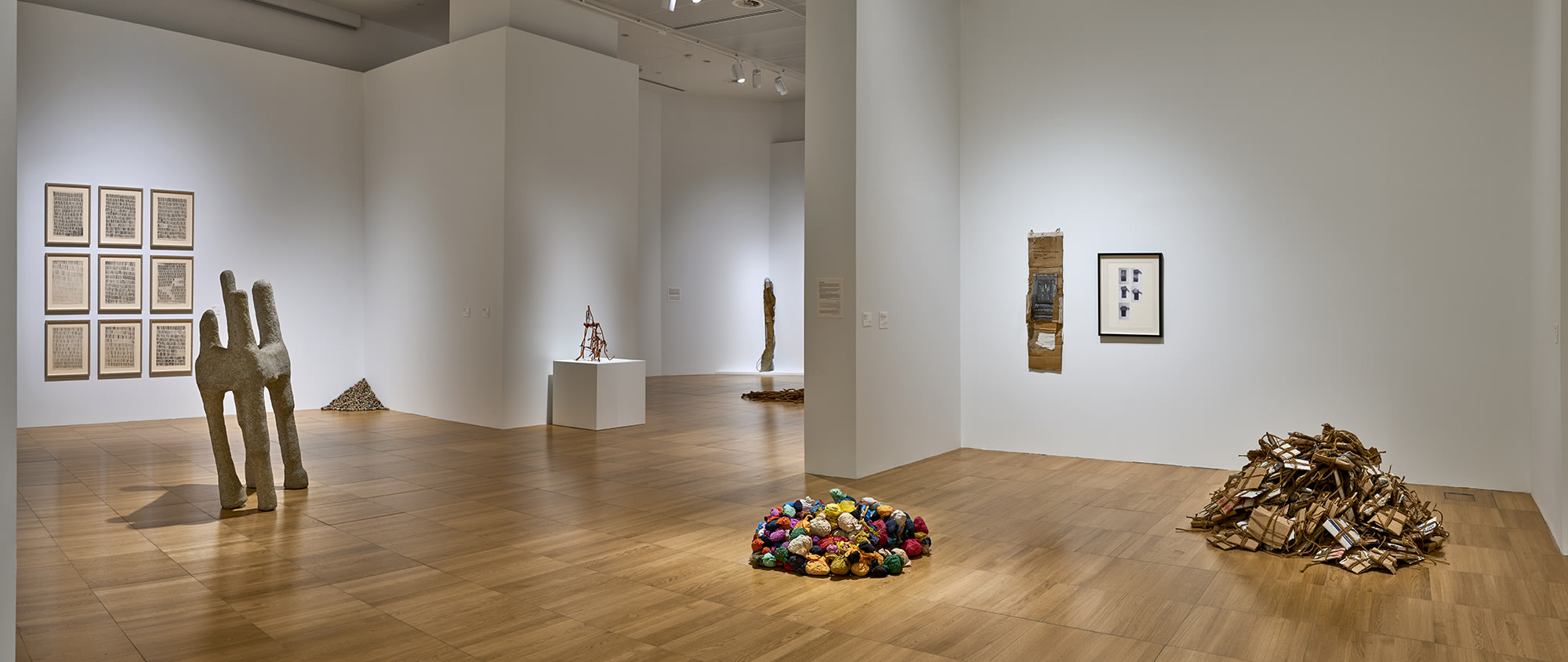
Being part of an educational institution that has a public facing mandate such as ours has allowed me to feel like I have a home both in the scholarly world that we are in, and a peaceful yet fast-developing art eco-system of Abu Dhabi. I feel I am working in a very quickly developing art infrastructure and yet it remains a peaceful and focused place to do my work, that allows me to go much deeper into my relationship with artists and scholars in other regions.
I’m embedded in an institution which is a community within the city – I’m both that and I’m in the city – its shuttling essentially between my neighbourhood which is my intellectual community and my city which is also my intellectual community.
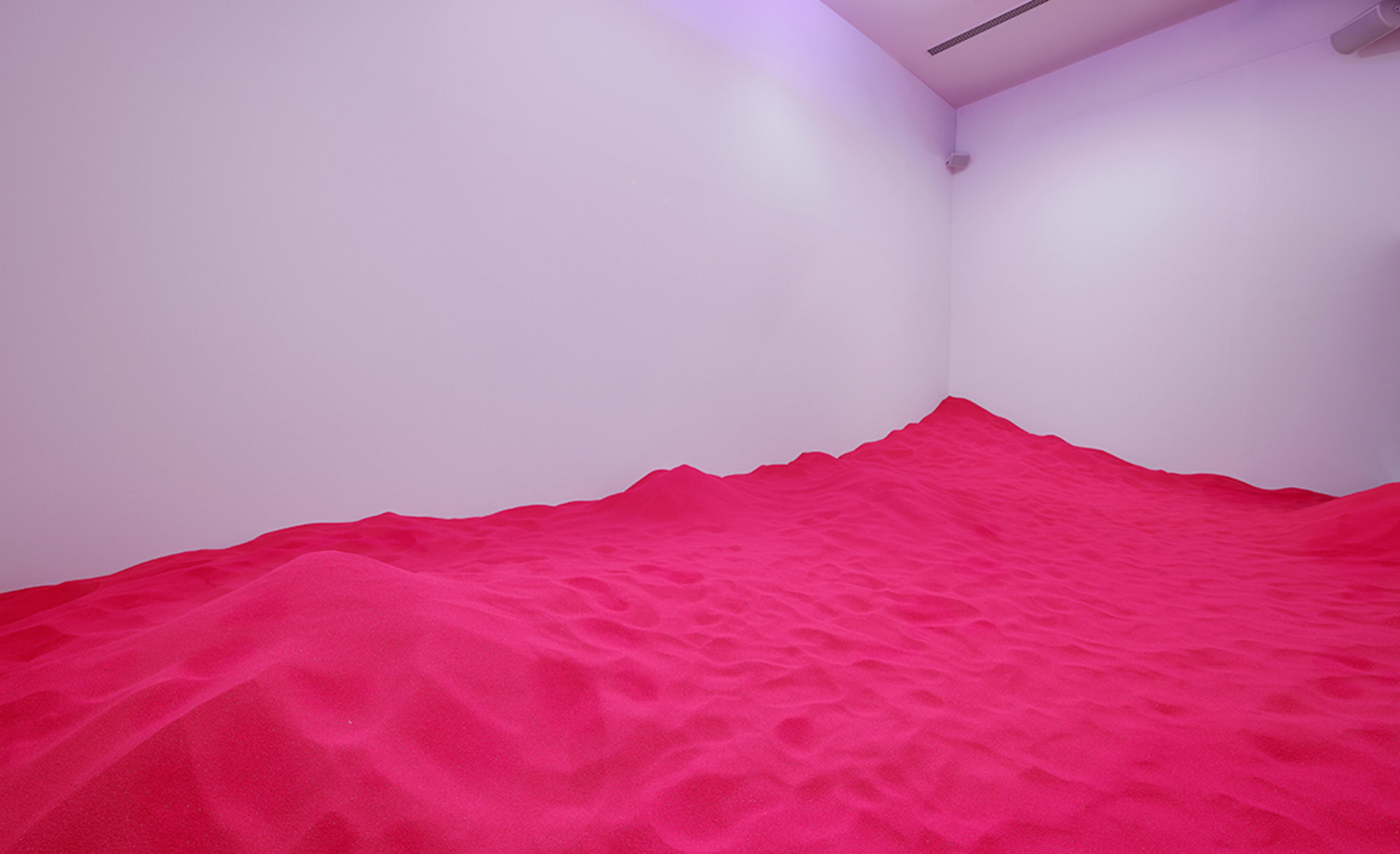
Previously I referred to how we are at this sweet spot of between being just big enough to have a lot going on and just small enough to still be connected to everybody that is working here. This has an added layer for me, which is that the artworld comes here, so I am able to have these intimate relationships that might not be possible if I was seeing the same exact people at say the Frieze Art Fair for example. In a way this is a really intimate and yet globally impactful way to be working.
The other thing that I have now begun to take for granted but that was a real shock to my system when I moved here and it’s the fact that we are on this cusp between of what we think of as ‘the east and the west’ – I’m troubled by these terms and I much prefer the term global south – but the reality of this is that our narratives of art history and English were developed in the English language speaking world – when we are here looking east it becomes very exciting, because I’m able to question a lot of what I had assumed about what art is and what it does and how it evolves, because of this location which has its own logic of art historical development. And that my access to histories out of India for example, or Africa, has really helped me to radically rethink what I am doing in a way which I find endlessly inspiring.
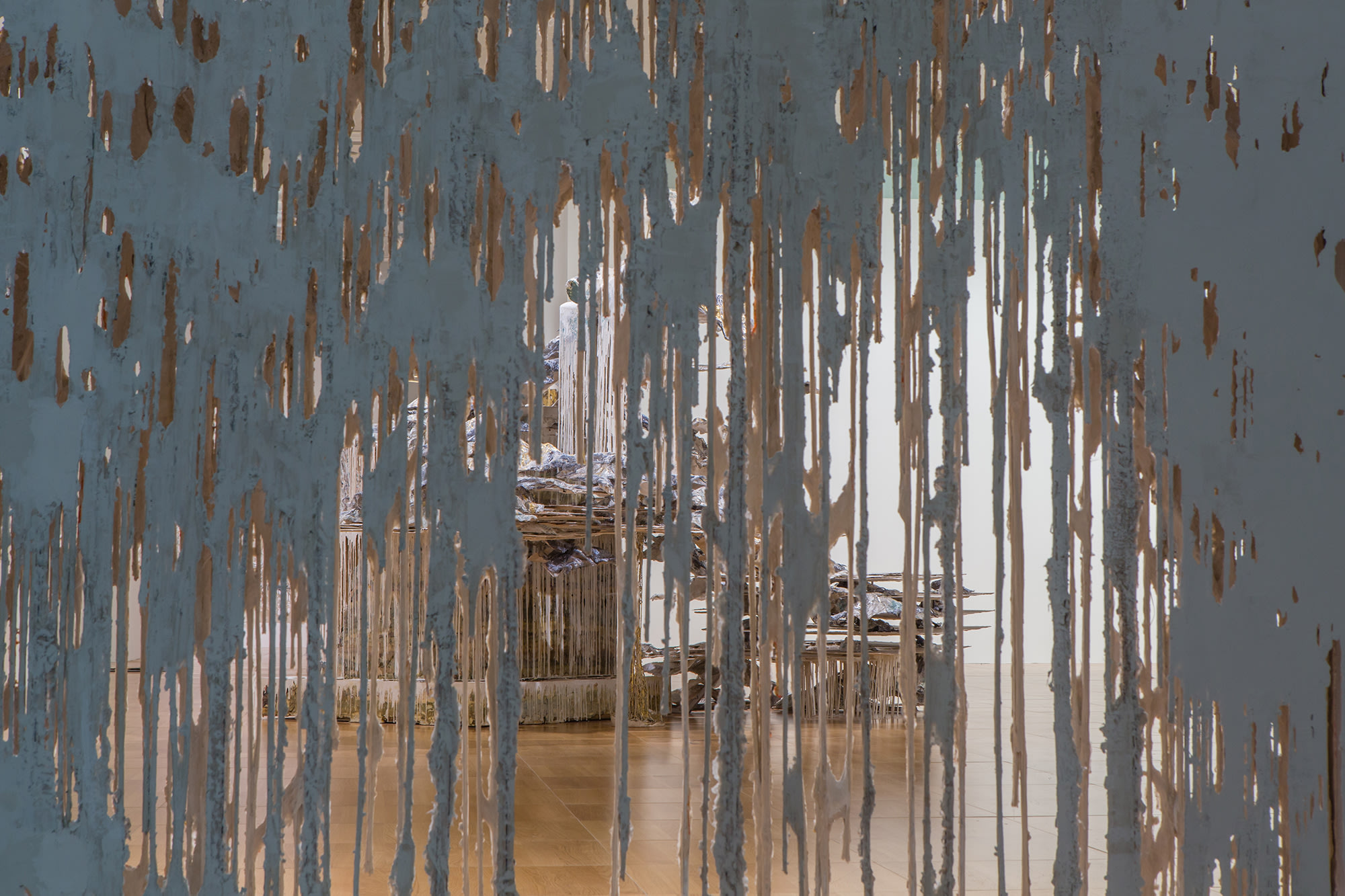
When considering an itinerary of the city, I think everybody is going to know that they can’t miss the Louvre Abu Dhabi and I would second that. Warehouse421 is doing really important work and many people don’t realise that in fact also the NYU Abu Dhabi Art Gallery is a non-collecting museum and that we are very committed to experimentation and expanding scholarship so I hope that people will add that to their do-not-miss list.
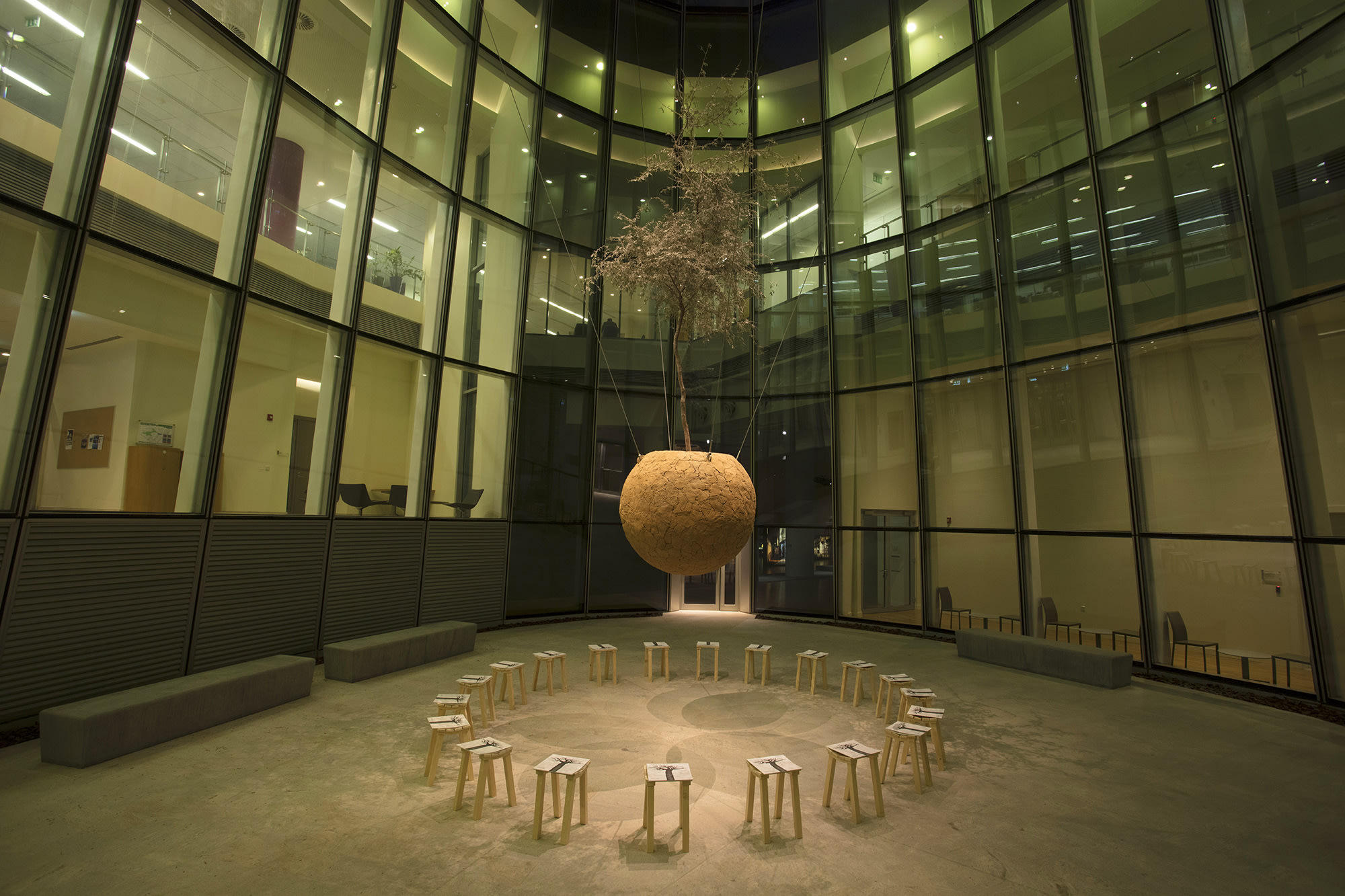
It’s also really important to experience both a walk down Mamsha Beach for example, but also a walk through the city blocks in Downtown Abu Dhabi, in the older part of the city, to get a feel for the many layers of cultures and communities that are existing here very peacefully.
There is wonderful food to be found in these little windows along the way, some of the most delicious samosa and humus and fresh fish places so a walk can become an experience of discovery – which is one of the things Abu Dhabi surprised me when I was first exploring – to realise how much is here that is just modestly tucked away in these super blocks which within them you find whole new neighbourhoods.
There’s Almayass Restaurant, which is now in Galleria Mall, next to the Rosewood Hotel, which is Armenian Lebanese – I would also say Chhappan Bhog which is an Indian snack place, and then for a glamorous Japanese restaurant of course you can’t miss Zuma. I am really partial to the Beach House at the Park Hyatt because you sit next to the ocean which is both relaxing but also elegant.
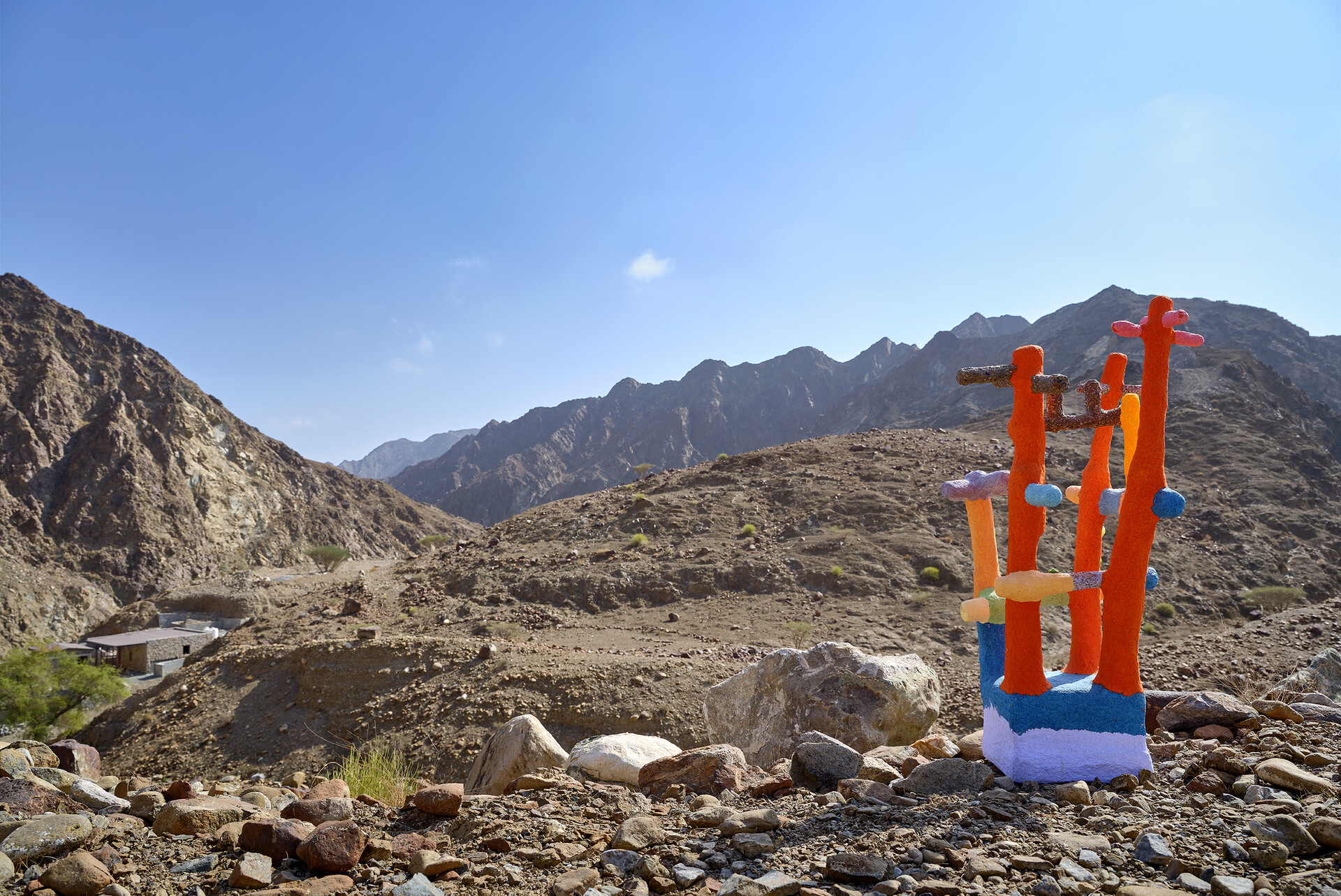
Finally, while you are in the UAE if you want to go off the beaten track, I encourage you to go to Khor Fakkan, which is where Mohamed Ahmed Ibrahim is from.




